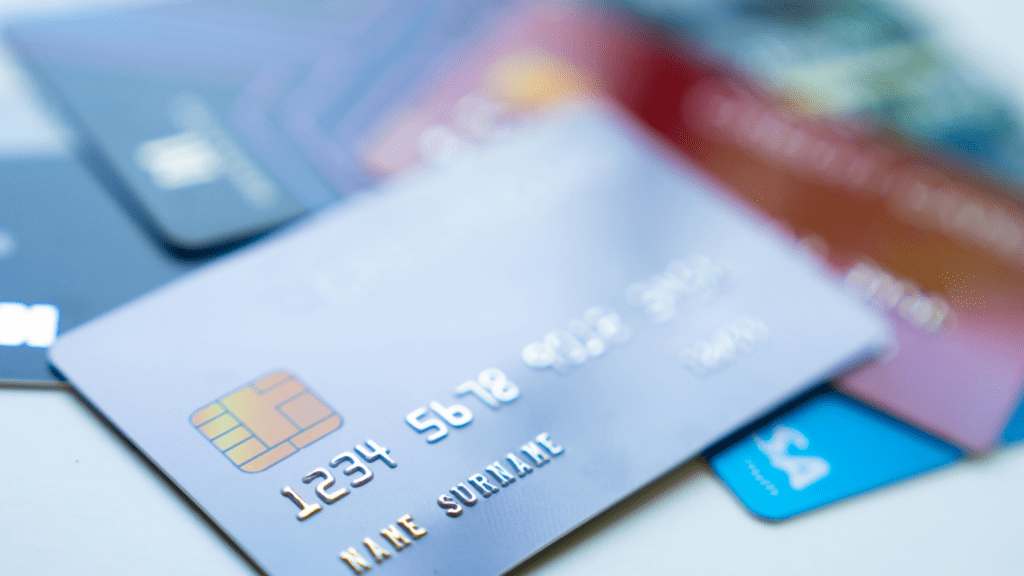nderstanding Payment Solutions
Choosing the right payment solutions ensures smooth, successful transactions for e-commerce businesses. Different types meet specific needs while offering unique benefits.
Types of Payment Solutions

Understanding various payment solutions helps in selecting the best fit for an e-commerce platform:
- Credit and Debit Card Payments: Visa, MasterCard, and American Express are the most common methods, providing global reach and widespread use.
- Digital Wallets: PayPal, Apple Pay, and Google Wallet offer secure, fast transactions with a growing user base.
- Bank Transfers: Direct debit and wire transfers enable larger transactions, suiting businesses with high-ticket items.
- Cryptocurrency Payments: Bitcoin, Ethereum, and other cryptos offer an extra layer of security and appeal to tech-savvy customers.
- Buy Now, Pay Later (BNPL): Providers like Afterpay and Klarna offer flexible payment options, enhancing customer purchasing power.
- Enhanced Security: Secure payment gateways protect against fraud and data breaches, ensuring customer trust.
- Increased Sales: Offering various payment methods accommodates customer preferences, boosting conversion rates.
- Seamless User Experience: Streamlined checkouts and varied payment options reduce cart abandonment rates.
- Global Reach: Supporting multiple currencies and international payment methods attracts a broader customer base.
- Customer Loyalty: Reliable, efficient payment processing fosters repeat business and positive reviews.
Preparing Your E-Commerce Platform
Integrating a payment solution involves several critical steps. Each step ensures smooth operation, security, and customer satisfaction.
Assessing Your Platform Requirements
First, evaluate platform requirements. Identify current features, target audience, and transaction volume. Match these with the payment solutions’ capabilities. Consider supported currencies, geographical reach, and user experience needs. This structured assessment aligns integration with business goals.
Security Considerations
Prioritize platform security to protect user data and transactions. Implement SSL certificates for encryption. Choose payment gateways with PCI-DSS compliance (Payment Card Industry Data Security Standard). Use fraud detection tools to monitor transactions. Secure storage solutions further strengthen data protection. These measures prevent breaches and build customer trust.
Choosing the Right Payment Service Provider
Next, identify a reliable payment service provider (PSP). Compare transaction fees, processing times, and support services. Evaluate integration options, such as APIs and plugins. Assess the PSP’s commitment to regulatory compliance and data security. Ensure the chosen PSP meets business needs and offers a seamless checkout experience.
By preparing thoroughly, you ensure successful payment solution integration into your e-commerce platform.
Steps to Integration
Integrating payment solutions into an e-commerce platform involves specific steps to ensure everything functions smoothly. Here are the key steps to follow.
Setting Up an Account
First, create an account with your chosen payment service provider (PSP). During this process, provide essential business information, including your business name, address, and bank details. Verify your account to activate it, which typically involves submitting required documents like a business license and ID proof.
API Integration
Next, access the API documentation provided by the PSP. This documentation includes endpoint URLs, request/response formats, and sample codes. Begin the integration by initializing the API in your platform’s backend. Call the necessary endpoints to capture payment details, authorize transactions, and confirm payments.
Testing the Payment System
Test the payment system rigorously before going live. Use the testing environment provided by the PSP to simulate various transaction scenarios, such as successful payments, declined transactions, and refunds. Ensure all possible issues get resolved to guarantee a seamless customer experience when the system is live.
Managing Transactions
Efficiently managing transactions is crucial for a smooth e-commerce operation. It ensures customer trust and satisfaction.
Monitoring and Reporting
Regularly monitoring transactions allows me to detect and resolve issues quickly. I use dashboard tools provided by payment service providers (PSPs) to track real-time transactions, payment statuses, and customer behavior. Reports on daily, weekly, and monthly transactions help me analyze trends and make informed decisions. I also export data for further analysis using business intelligence tools when necessary. Accurate, timely reporting is key to maintaining financial health and operational efficiency.
Handling Disputes and Refunds
Effectively handling disputes and refunds protects my business reputation. When customers dispute a transaction, I respond promptly using a structured dispute resolution process from my PSP. I gather all necessary documentation, such as transaction records and communication history, to support my case. For refunds, I follow a clear policy that outlines the conditions and timelines. Quick, transparent handling of refunds enhances customer trust and loyalty, ensuring repeat business.
Best Practices for Optimization
Optimizing your payment solutions enhances the overall functionality and reliability of your e-commerce platform. Focus on user experience and regulatory compliance to ensure seamless payment operations.
Enhancing User Experience
- Offer Multiple Payment Options
Provide various payment methods, including credit cards, digital wallets like PayPal, and local payment options. Broader choices accommodate all customers, reducing cart abandonment rates. - Streamline the Checkout Process
Simplify the checkout by minimizing form fields and using auto-fill features. Complexity frustrates users, leading to a higher likelihood of abandonment. - Implement Mobile Optimization
Ensure the payment process is mobile-friendly since many users shop via smartphones. Responsive design and easy navigation improve user satisfaction. - Enhancing Security Measures
Integrate advanced security protocols like SSL encryption and tokenization. Shoppers feel secure sharing card details, boosting trust and conversion rates.
Ensuring Compliance with Regulations
- Adhere to PCI-DSS Standards
Follow Payment Card Industry Data Security Standards to protect cardholder data. Non-compliance risks data breaches and financial penalties. - Maintain GDPR Compliance
For European users, ensure adherence to the General Data Protection Regulation. Obtain explicit consent for data usage to avoid hefty fines.
- Keep Up with Local Regulations
Stay updated with regional and local payment regulations. Compliance with laws such as PSD2 in Europe helps avoid legal issues and builds customer trust. - Conduct Regular Audits
Regularly audit your payment processes and systems. Identify compliance gaps and rectify them promptly to ensure continual adherence to standards.
Optimizing these aspects ensures a smooth, compliant, and secure payment experience, fostering customer loyalty and operational efficiency.
